Tori Amos transformed music in 1992 with her solo debut Little Earthquakes. With grunge and alternative rock in full swing, Amos helped define a decade of introspection with her powerful voice, stunning lyrics, and an acoustic piano. The decibels may not have matched the volume of Nirvana or Nine Inch Nails, but the lyrics were heavier than any band wired through a fuzz pedal.
Videos by American Songwriter
In the late 80s, Amos had briefly fronted a synth-pop band called Y Kant Tori Read, but that experience only added to what fueled her groundbreaking solo work. After the band ended, she left Los Angeles for England and began working on Little Earthquakes.
She crafted bold and deeply personal songs that fuse diaristic poetry with the baroque pop of Kate Bush, which often detail women navigating a world inside the old boys’ club. The music business wanted the gloss of Y Kant Tori Read, but Amos, instead, gave them a dose of reality few artists discussed so openly. Amos’s songwriting genius is unmatched in wit, effortless brilliance, and raw vulnerability, as you’ll hear in the songs below.
The waves she started on Little Earthquakes, and continued with Under The Pink, Boys For Pele, From The Choirgirl Hotel, and others, have continued to ripple for more than 30 years.
“Bells For Her”
You can hear the mechanics of Amos’s piano on “Bells For Her”, which feels haunting, extra-dimensional, and dreamlike. Yet, somehow, Amos keeps the listener grounded in the fertile and dirty soil. The clicking hammers awaken sleepy notes in a way that reveals the instrument’s old technology. She sings about a friendship she couldn’t save, one of life’s fleeting moments. The girls, the “blankettes,” are blank women, in Amos’s telling. Using a fairy tale mood for a personal story works as a metaphor for how little we control. The chords under her hands go unresolved, like a relationship at a crossroads.
“Cornflake Girl”
The “cornflake” and “raisin” girls in “Cornflake Girl” represent a conformist and a counterpart in her natural condition—open and freethinking. The cornflakes grow in a parochial state of prudishness and govern their lives with obedience and dogma. But the raisins rebel against these closed systems. There’s a spaghetti Western vibe to the track where Amos sings about women betraying each other.
“Silent All These Years”
Amos wrote one of her most personal songs for Al Stewart. However, her co-producer Eric Rosse convinced her she couldn’t give the song away; it was her life’s story. In “Silent All These Years”, she searches for the right words in an endless one-way conversation. Others block her opinions and tell her she’s never quiet. She spends years buried beneath a frustration of airless silence. Meanwhile, her boyfriend is impressed by her “really deep thoughts.” Then Amos puts a thought in his head and warns of an unplanned pregnancy. All of it—threaded by the history of America’s songbook, from show tunes to rock and roll—is supported by her piano mastery.
“Spark”
Amos wrote “Spark” after a miscarriage. The mix of a warm piano and cold electronica pits Mother Nature’s personified nurturing against its arbitrary betrayal. But Amos cannot forget what it’s like to carry a life inside her own body. You hear her spiraling from glacial confidence to the anguish of losing her baby. The bridge to “Spark” feels like Amos screaming into the void with defiance, rage, and determination.
“God”
“God” is an absolute banger. This track came out in 1994, and hearing Amos contemplate a supposedly benevolent higher power capable of pretty daisies and people burning “witches” in its name remains striking. It’s full of brilliant lyrics, from suggesting God may have better accountability with a woman nearby to wondering why God always disappears when the wind blows. She sets it all against a funky riff built atop a deep and disorienting groove, wondering why we only ever hear from the guy.
Photo by Scott Gries/Getty Images

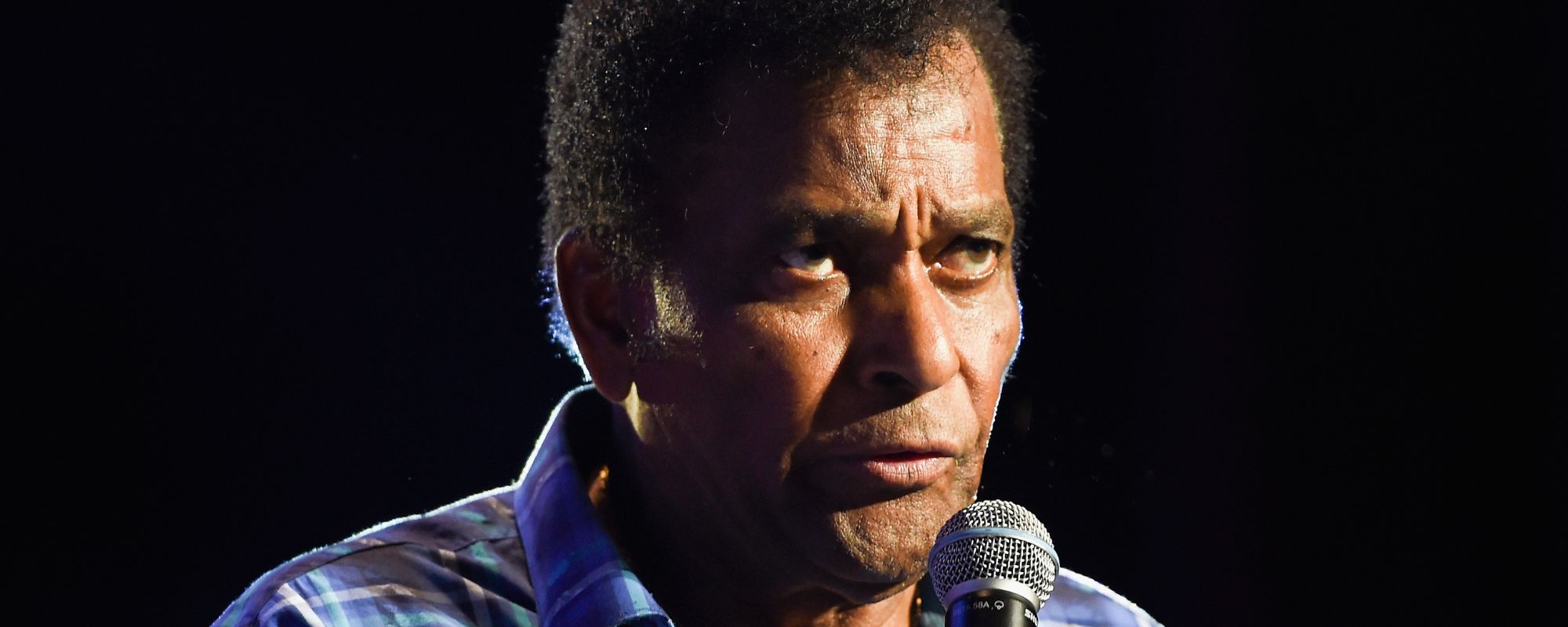


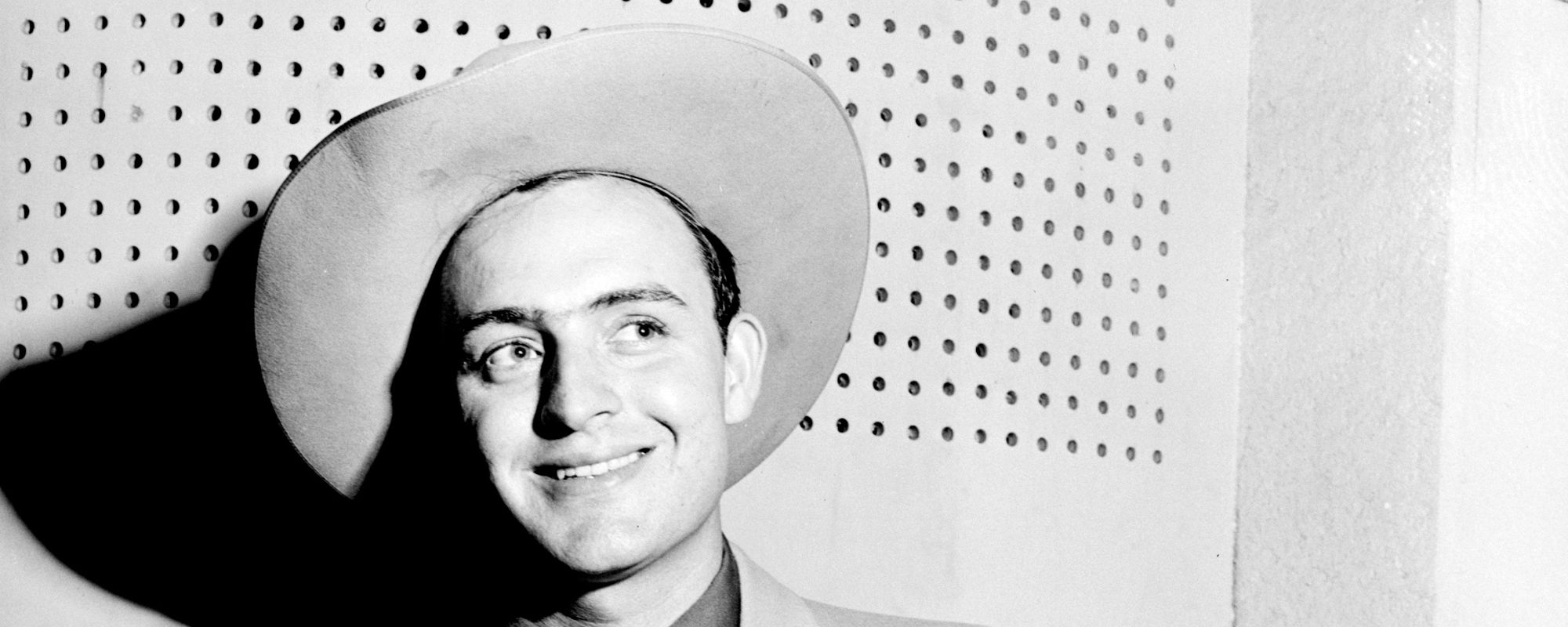

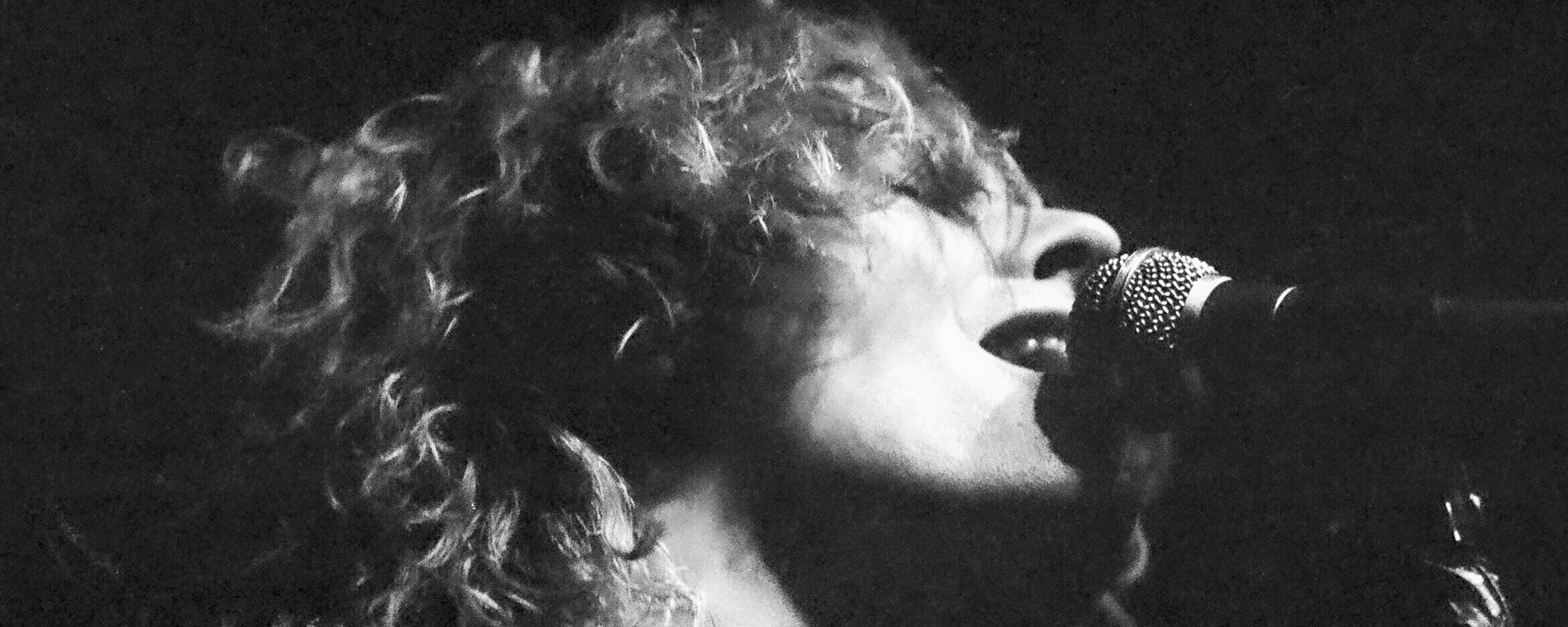

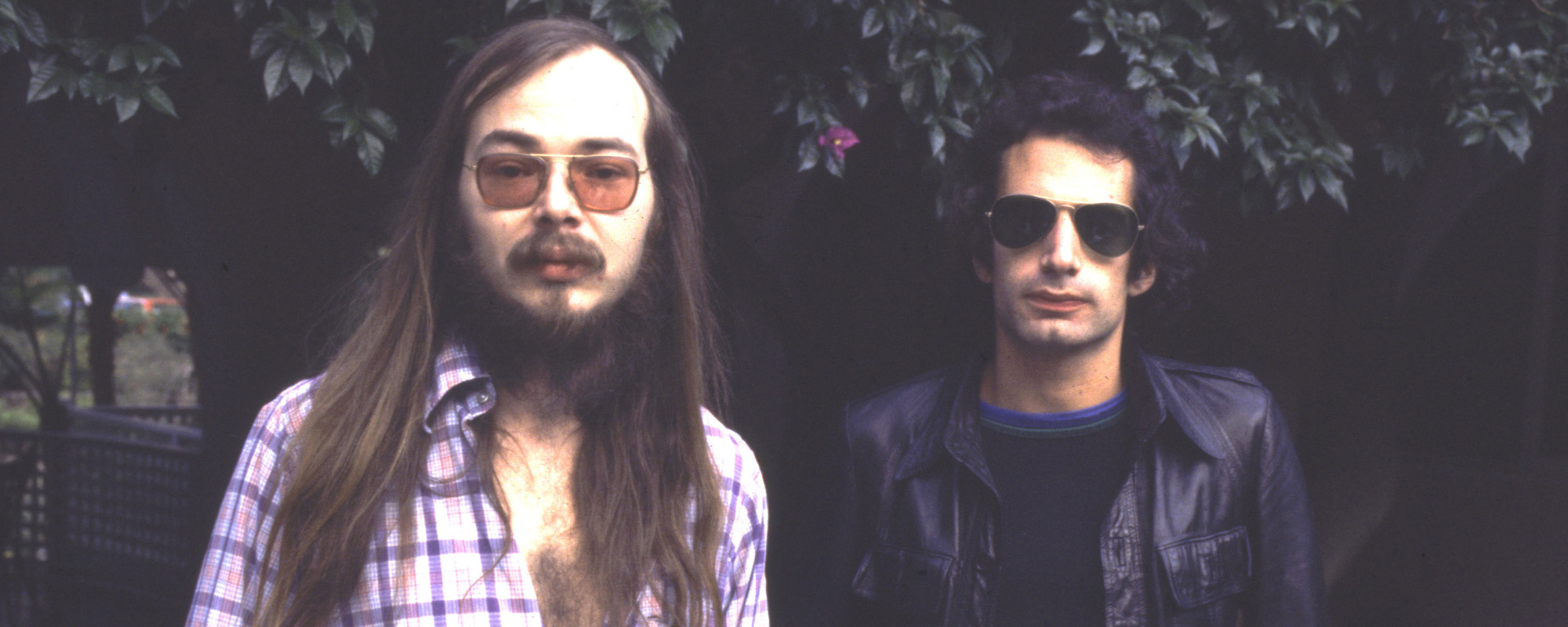


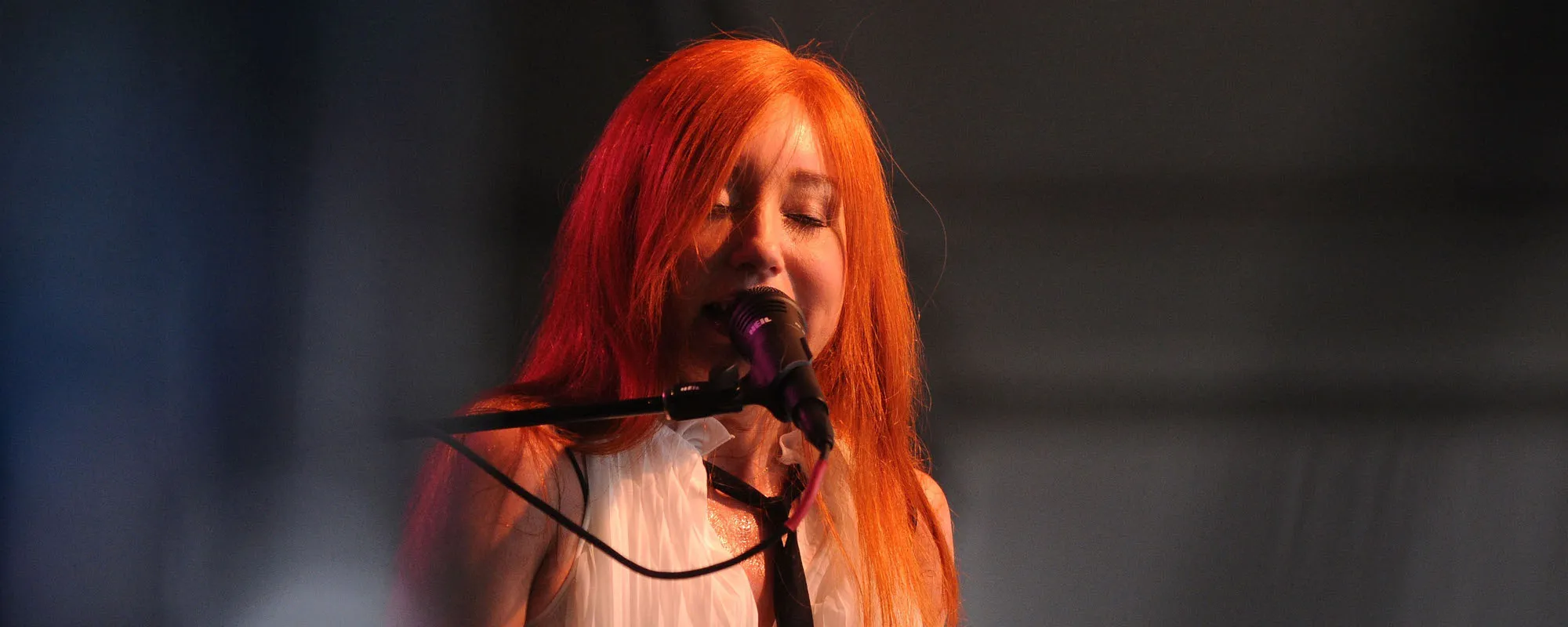
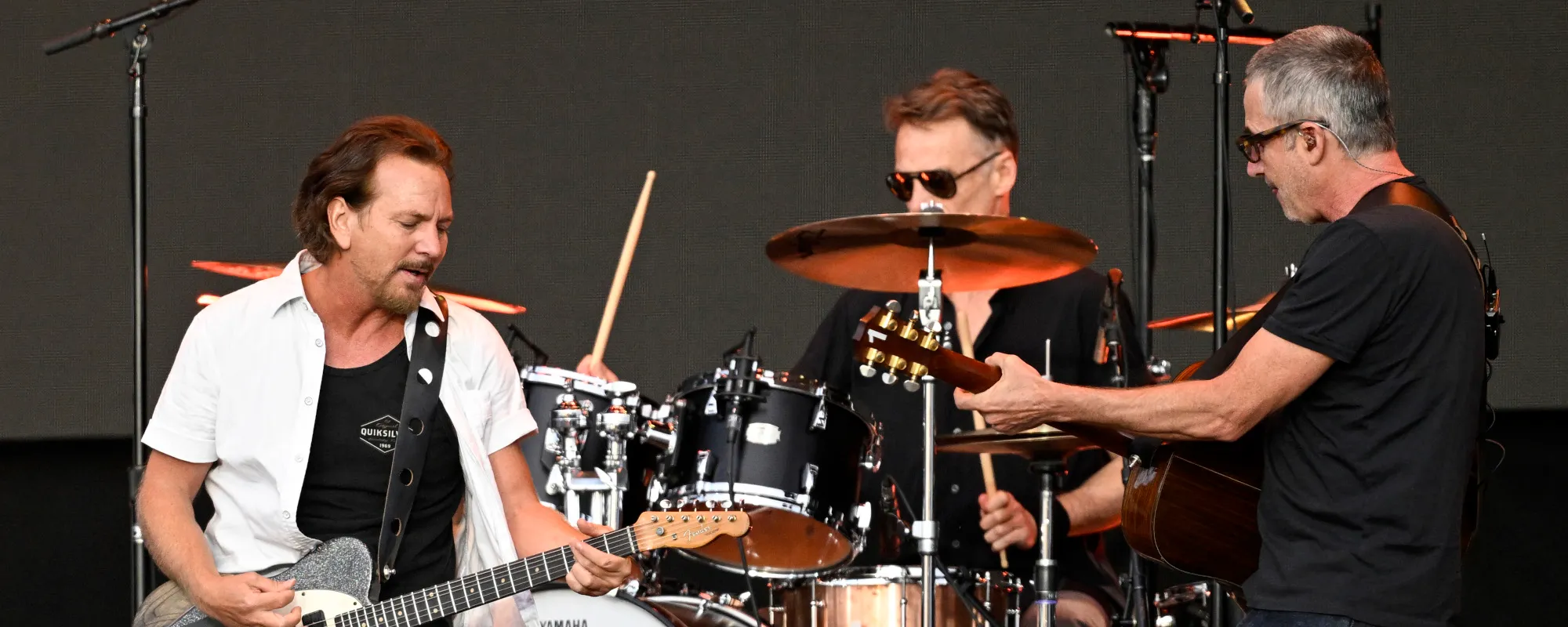
Leave a Reply
Only members can comment. Become a member. Already a member? Log in.